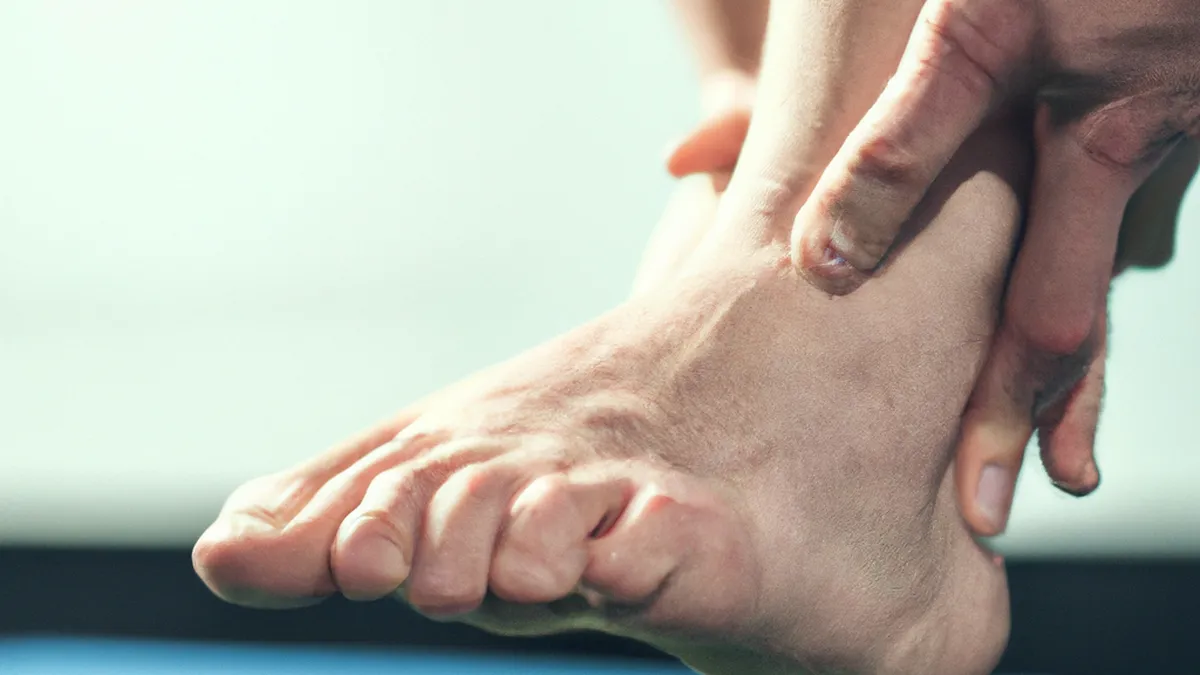Enhancing Joint Stability Through Proprioception
The Role of Proprioception in Joint Stability Training
As an Amazon Associate I earn from qualifying purchases.
Gear tip: consider standing desk balance board, desk cycle and insulated water bottle to support this workout.
Proprioception plays a crucial role in physical training. It allows the body to sense its position and movement, providing essential feedback for coordination and balance. Maintaining joint stability relies on proprioception, which prevents injuries and enhances athletic performance. Understanding proprioception improves training routines and overall physical well-being.
What is Proprioception?
Proprioception involves sensory receptors in muscles, tendons, and joints that send signals to the brain. These receptors include muscle spindle fibers, Golgi tendon organs, and joint mechanoreceptors. For example, closing your eyes while standing on one leg challenges your proprioception for balance. The brain processes these signals to adjust muscle contractions and stabilize joints. This ability benefits athletes and anyone engaging in physical activity.
Why is Proprioception Important for Joint Stability?
Joint stability prevents injuries during dynamic movements in sports and daily activities. Awareness of body position enables quick responses that stabilize joints. Proprioception enhances neuromuscular control, crucial for athletes in sports requiring rapid direction changes, like soccer, basketball, and tennis.
Improved proprioception enhances performance. It enables better coordination and balance, allowing athletes to execute complex movements easily. For instance, gymnasts rely on proprioception for intricate routines, while basketball players need it for agile movements.
The Connection Between Proprioception and Injury Prevention
Proprioceptive training significantly benefits injury prevention. Heightened proprioceptive abilities allow the body to react effectively against injuries like sprains, strains, and tears. Research shows athletes with better proprioceptive awareness experience fewer injuries, especially in the knee and ankle joints.
Consider an athlete changing direction while running. A well-trained proprioceptive system helps them sense body position and adjust muscles and joints for stability. Conversely, poor proprioception increases injury risk due to slower reactions.
Tips for Enhancing Proprioception in Training
1. **Incorporate Balance Exercises**
Start with basic balance exercises. Stand on one leg, use a balance board, or try yoga poses like the tree pose. As you progress, close your eyes or use an unstable surface like a Bosu ball to increase difficulty.
2. **Use Resistance Bands**
Resistance bands can enhance proprioception through various exercises.
Conclusion
Proprioception is vital for joint stability and performance. Incorporating proprioceptive training can prevent injuries and improve overall physical capability.
Below are related products based on this post:
FAQ
What is proprioception and how does it work?
Proprioception involves sensory receptors in muscles, tendons, and joints that send signals to the brain regarding body position and movement. These receptors include muscle spindle fibers, Golgi tendon organs, and joint mechanoreceptors. For example, closing your eyes while standing on one leg challenges your proprioception for balance, allowing the brain to process these signals and adjust muscle contractions to stabilize joints.
Why is proprioception important for preventing injuries?
Proprioception is essential for joint stability, which helps prevent injuries during dynamic movements in sports and daily activities. It enhances neuromuscular control, enabling quick responses to stabilize joints. Athletes with better proprioceptive awareness are less likely to experience injuries, particularly in the knee and ankle joints, because they can react effectively to changes in body position.
What are some effective ways to enhance proprioception in training?
To enhance proprioception, incorporate balance exercises such as standing on one leg, using a balance board, or practicing yoga poses like the tree pose. As you progress, you can increase the challenge by closing your eyes or using unstable surfaces like a Bosu ball. Additionally, using resistance bands in various exercises can also improve proprioceptive abilities.















Post Comment